White cockle identification and control
Information about the noxious weed white cockle. White cockle is also known by its scientific name, Silene latifolia.
About this weed
White cockle is a non-regulated Class C noxious weed. This means due to how widespread it is, property owners are not required to control this species on their property, though it is encouraged.
White cockle is known as Silene latifolia and it is in the carnation family. It is also known as white campion or grave flower.
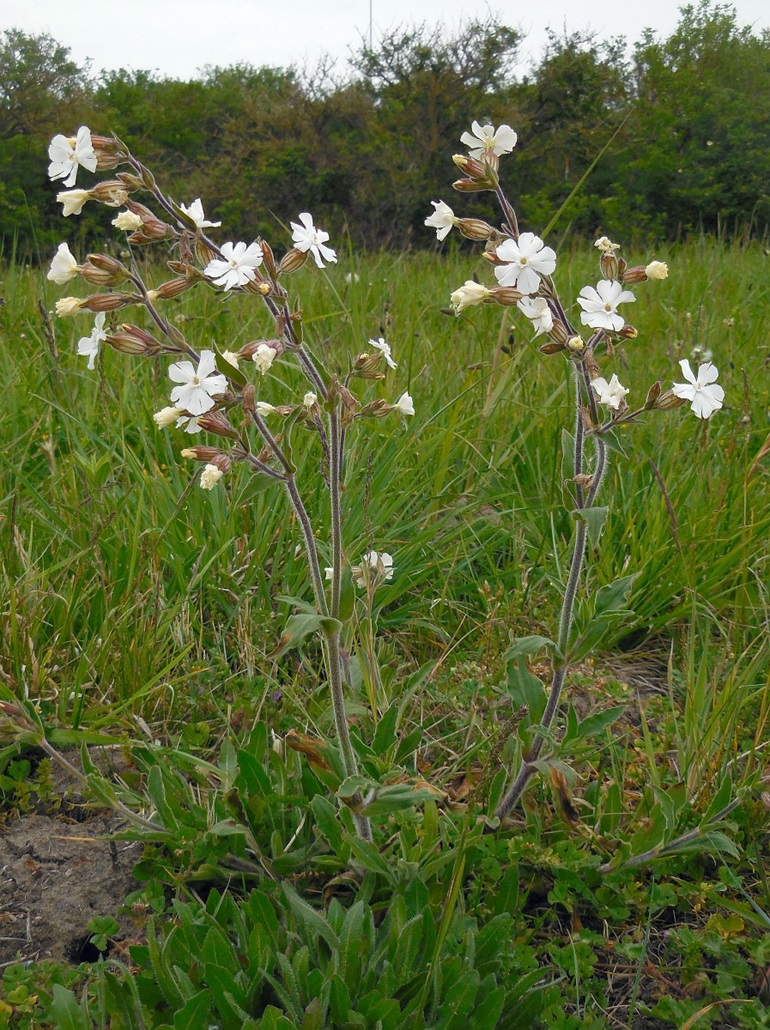
Why it's a problem
White cockle is a nuisance in the agricultural industry. Its seeds can be difficult to separate from produced clover or alfalfa seeds. It can be a serious problem for small grains, alfalfa, clover, and grass seed fields.
Plant description
White cockle is a 1.5- to 3.5-foot-tall perennial (2+ year life cycle) or biennial (2-year life cycle) with hairy joined stems. These stems can be spreading or nearly erect (upright). White cockle is native to Europe.
It starts growth in early spring. The second-year plants flower from June to October. Seeds shed 4 to 6 weeks later. Mature seeds can start growing immediately but most will overwinter and wait until spring.
Its dark green hairy leaves are opposite (leaves connect to the stem in pairs) and are narrow and oval or lance like. Leaves are larger towards the bottom, and smaller towards the top. Upper leaves lack a petiole (stem that usually connects leaf to main stem) and instead appear to attach directly to the stem.
The flowers are fragrant and have 5 white or pink petals. The petals are deeply notched (1 petal may look like it’s 2). The flowers open in the evening and close by noon.
The seeds are small, rounded, and rough. They grow in a bulb like capsule.
White cockle grows in grasslands and new clover and alfalfa seedlings, especially on well drained soils. Characteristic habitats include fields, roadsides, pastures, grass embankments, and wastes places. It is also found in many undisturbed areas where it can be easily mistaken for a native plant.
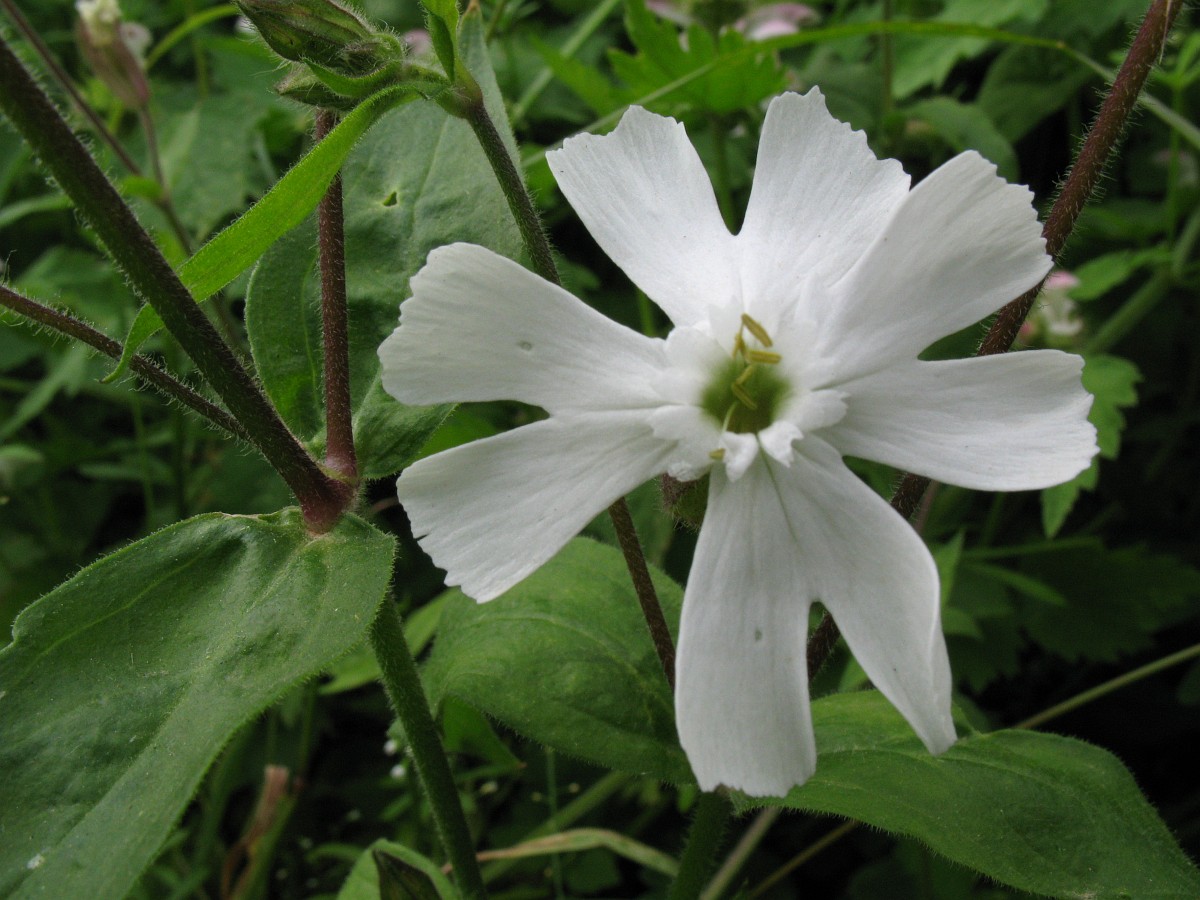
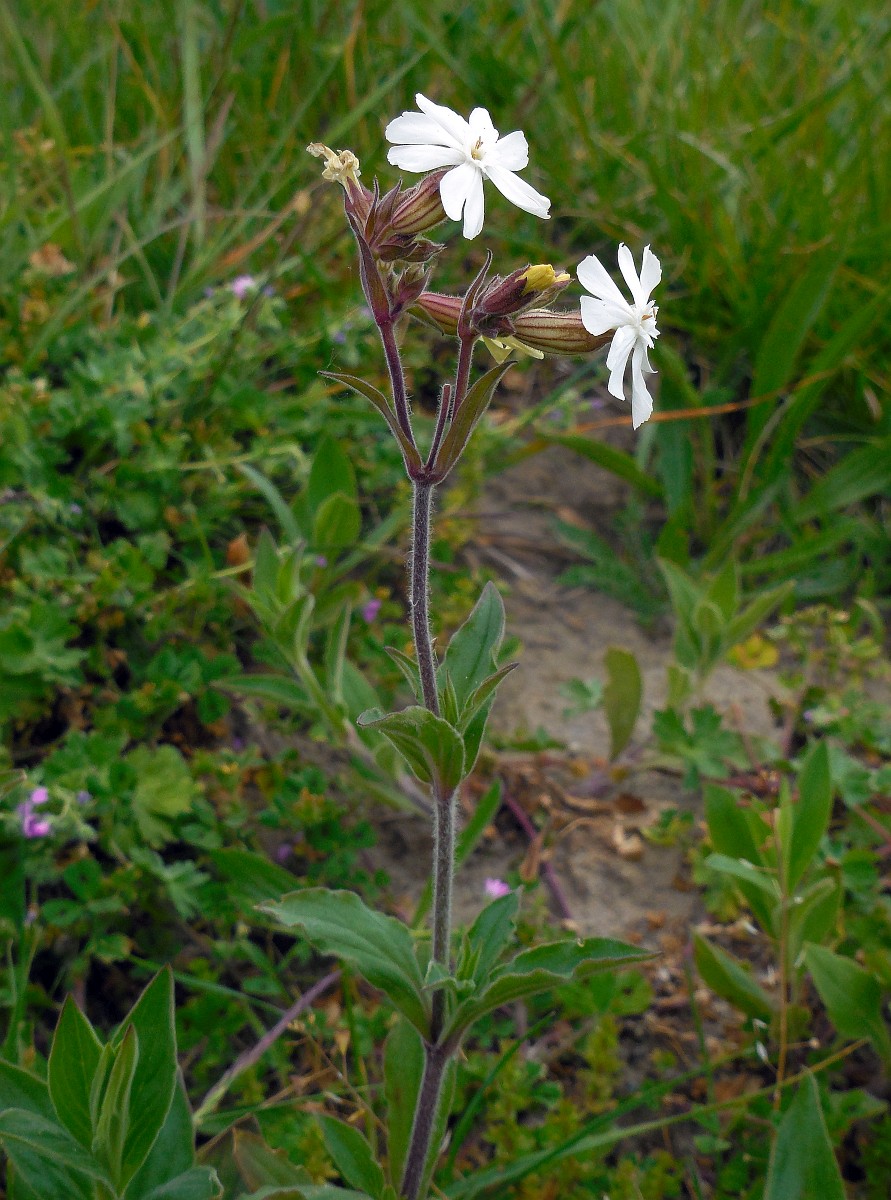
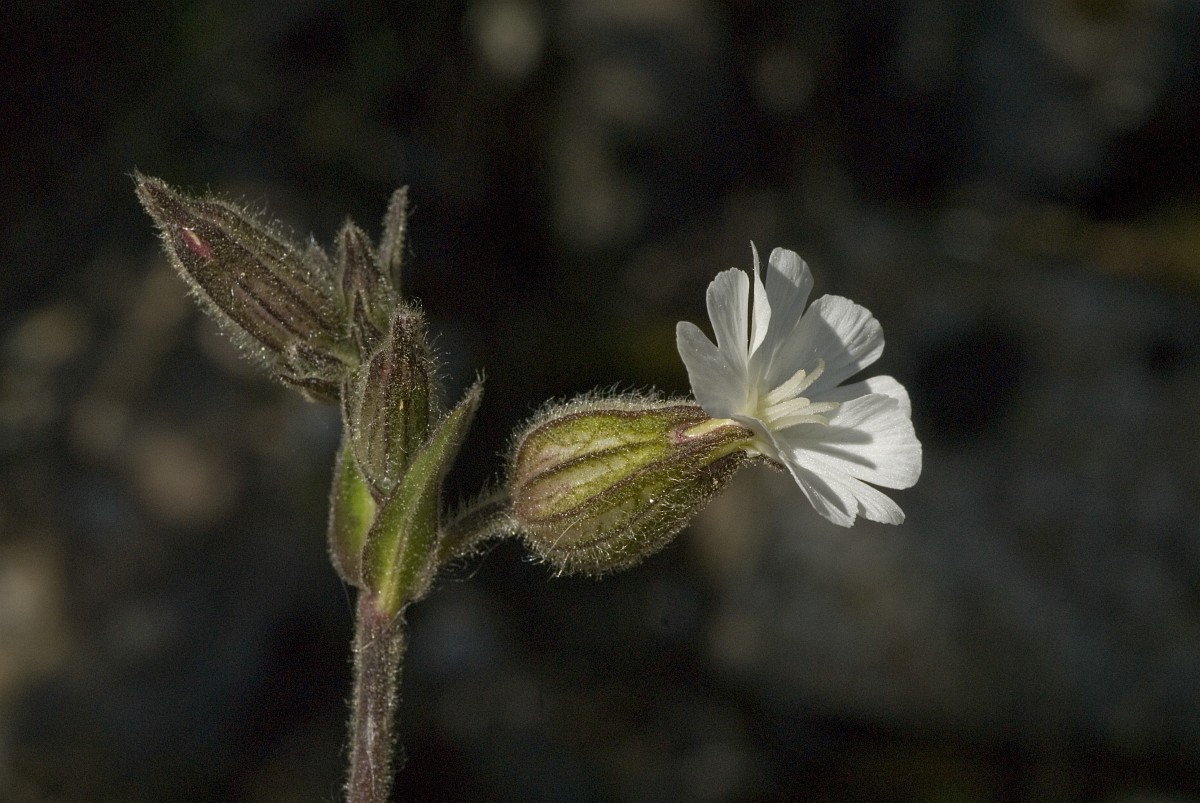
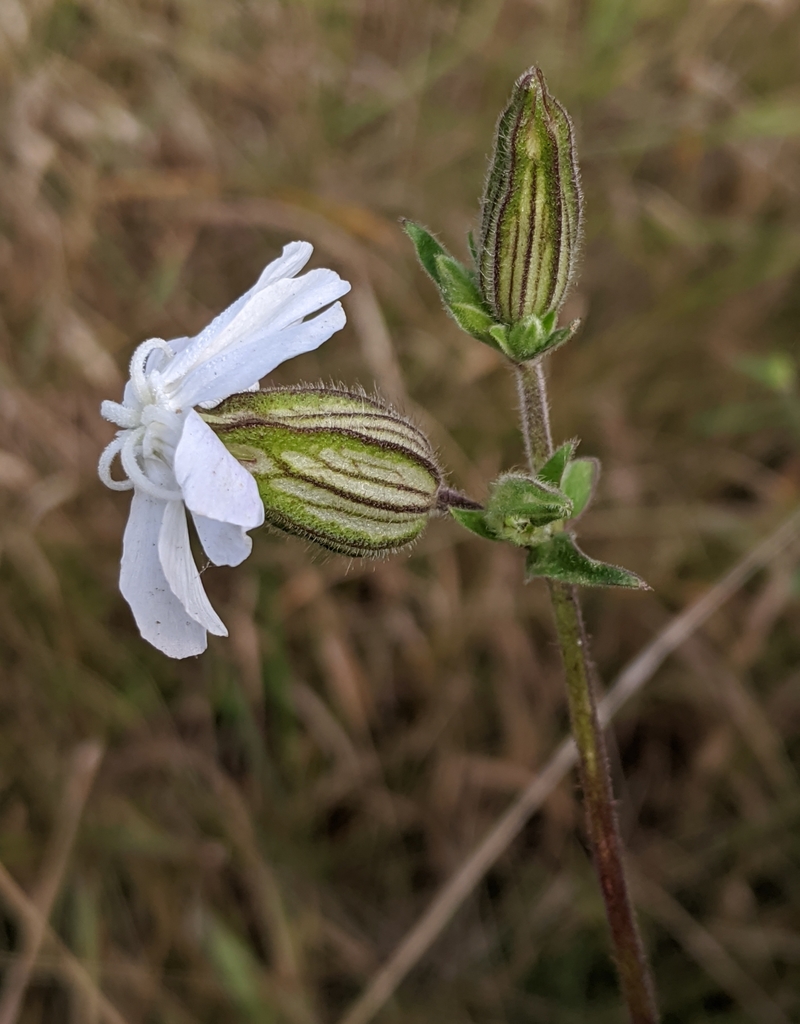
Be aware of look-alike plants
It may be confused with the native Silene suksdorfii. However, the native Silene is primarily an alpine plant growing on rocky landscapes.
Learn more ath UC Berkeley's The Jepson Herbarium
When in doubt, take photos and share them with us or report them on iNaturalist.
What to do if you find it
Because white cockle is so widespread, property owners in King County are not required to control it. We are not generally tracking infestations. We can provide advice on how to control white cockle, but there is generally no legal requirement to do so. The King County Noxious Weed Control Board encourages property owners to remove White cockle where possible, and to avoid introducing it to new landscapes.
Control methods
We recommend using a combination of methods to control noxious weeds. In areas with few weeds, it is important to act quickly before they become harder to control. Make a long-term plan as it often takes several years to get rid of most weeds. Start in the least infested areas first and then move into more heavily infested areas.
White cockle can be controlled most easily in field crops when they’re still young/immature (seedling stage).
Mechanical control
Tillage or cultivation for regular seedbed cultivation will kill many White cockle plants. However, this will not kill well established plants and will also promote growth of new plants.
Chemical control
Stay safe when using herbicide:
- Always read the label before use.
- Wear a long-sleeved shirt, long pants, shoes, and eye protection.
- Follow state and local regulations.
Herbicide treatments will vary dependent on the crop white cockle has infested. For more information or a site-specific control recommendation in King County, contact the noxious weed program. For information in other counties in Washington state, contact your local weed board or your local cooperative extension office.
Disposal instructions
Bag and dispose of seeds and flowers, compost the rest of the plant. Note: thick root stocks can re-grow in home composts, so best to dispose of those parts in municipal compost or garbage.
Washington State Noxious Weed Control Board pamphlet on noxious weed disposal

 Translate
Translate